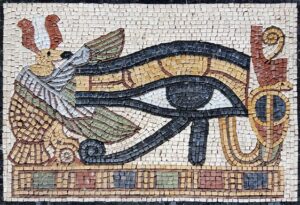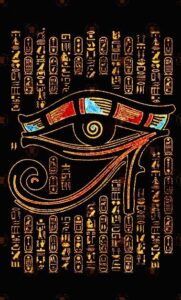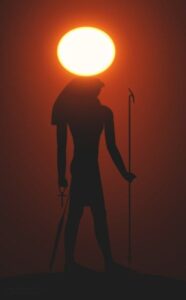Delving into the enigmatic world of ancient Egyptian mythology, Ra stands as a towering figure, embodying the life-giving power of the sun. This majestic deity’s tale, woven through the fabric of time, captivates with its blend of mysticism, power, and cosmic significance. Join us on a journey to uncover the origins, powers, and enduring legacy of the Sun God Ra.
The Origin Story of Ra
In the beginning, there was chaos. From this primordial void emerged Ra, the luminous king of gods. Ancient texts narrate Ra’s self-creation, a miraculous birth from the waters of Nun, symbolizing the boundless ocean of the unknown. Ra’s emergence marked the dawn of creation, bringing light, order, and life to the universe.

Ra: The Embodiment of Power
Ra reigned supreme as the sun god Ra. A celestial ruler whose daily journey across the sky symbolized the cycle of life, death, and rebirth. His presence was a beacon of hope and stability. Ra’s radiance not only illuminated the world but also represented the essence of kingship, justice, and divine order.
In the pantheon of Egyptian gods, Ra held many titles. His full name, Amun Ra, merged two powerful deities: Amun, the hidden one, and Ra, the visible sun. This fusion created a deity of unparalleled might, embodying the hidden and manifest aspects of the divine.
The Almighty Powers of Ra
Ra’s divine repertoire was vast. His most notable power was the ability to create life through his sunlight. This life-sustaining force made him a symbol of rebirth and renewal. Ra also possessed the all seeing eye of Ra, a symbol of his omniscience and a protector against evil. His Ra eye symbol was revered, believed to possess healing and protective qualities.
The Saga of the Lost Eye
One of the most poignant tales in Ra’s mythology is how he lost his eye. In one version of the myth, Ra sends his eye out into the world. During its absence, Ra grows another eye. When the original eye returns and sees a replacement eye in its place, it becomes furious. To pacify the eye, Ra transforms it into the uraeus, the rearing cobra that adorns his crown as a symbol of protection. This story illustrates the Eye of Ra‘s power and its importance in Egyptian mythology as a symbol of protection, wrath, and rejuvenation.

The other one version of the myth tells, in a moment of wrath, his eye transformed into the fierce goddess Sekhmet to punish mankind’s rebellion. However, her bloodlust became uncontrollable. To save humanity, Ra tricked her into drinking beer dyed red to resemble blood, causing her to fall asleep. This myth is also explains the sun’s disappearance at night and its less harmful presence after dawn.

The Legend of Ra’s Demise
Mythology speaks of Ra’s twilight years, where his power waned. The story of his downfall is entwined with that of Isis, a cunning goddess who sought to usurp his throne. Through trickery, she poisoned Ra and offered a cure only in exchange for his secret name, the source of his power. This tale signifies the inevitable decline of the sun each evening, only to be reborn at dawn.
Worshipping the Sun God Ra

Ancient Egyptians revered Ra for his life-giving powers. Temples soared towards the heavens in his honor, priests chanted hymns at sunrise, and the people celebrated his journey across the sky. Ra was not just a god; he was a symbol of hope, renewal, and the eternal cycle of life. Worshipping Ra meant embracing the light that dispels darkness, both literally and metaphorically.
Ra’s Enduring Legacy
Ra’s saga is more than a myth; it’s a timeless narrative that echoes through the ages. His journey from the depths of chaos to the pinnacle of divine power, his struggle with mortality, and his role as the life-giver encapsulate the human quest for understanding the cosmos. Ra, the Sun God, remains an immortal beacon in the vast ocean of mythology, guiding us through the mysteries of the past and illuminating our understanding of the ancient world.
